What is a soakaway? Experts explain the merits of this clever drainage solution
A soakaway can be just as effective as a French drain – you just have to know where to place it
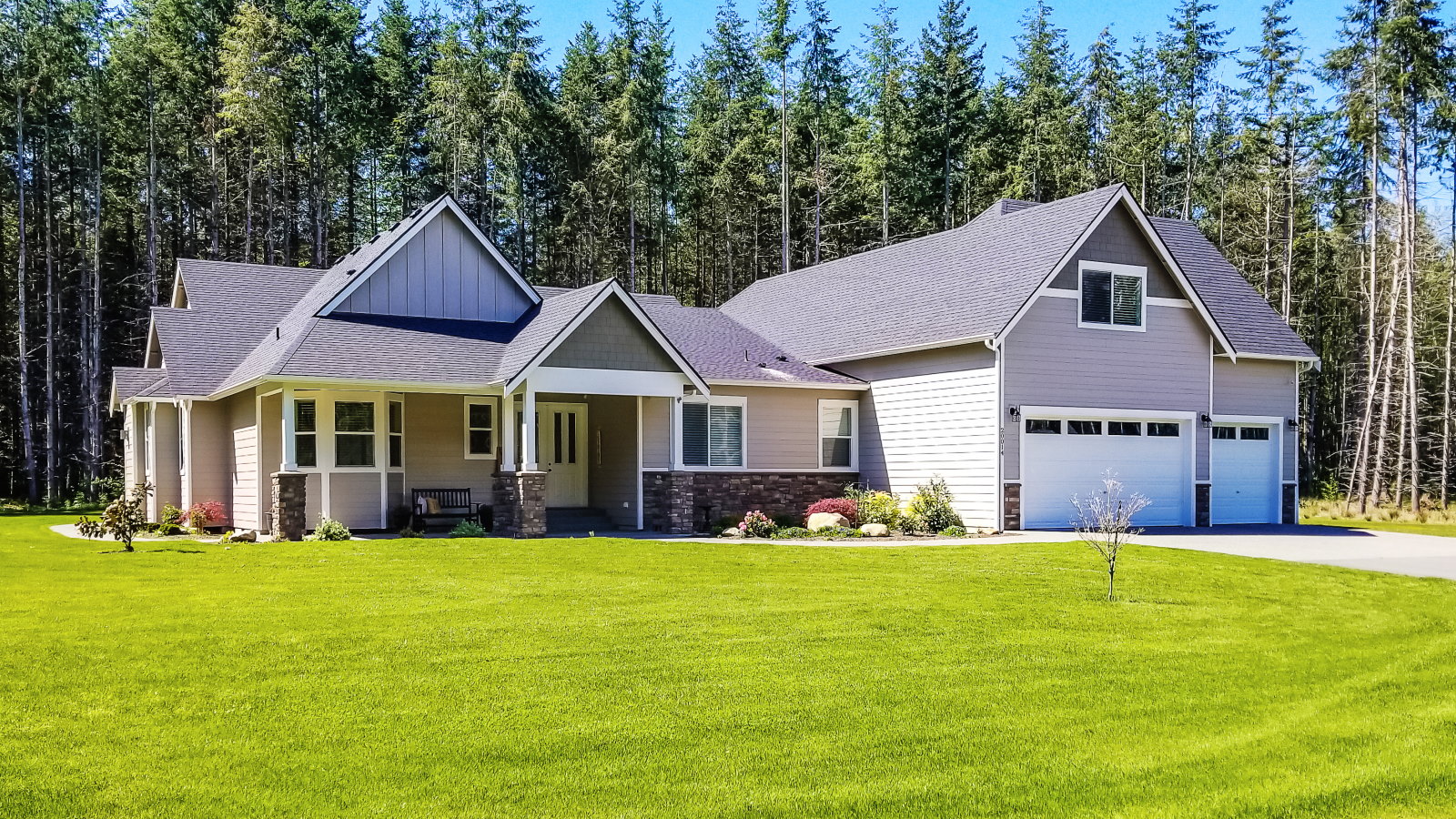

French drains are an incredibly popular drainage solution, but they are far from the only option. In some yards, you're much better off with a soakaway.
Soakaways have lots of different applications. Also known as dry wells, they not only remove surface water on your lawn but can help with issues around the foundations of your home, too. They slowly discharge water deep into the soil where it can't do any harm, easing waterlogging around your home and garden.
I spoke to lawn experts about when and where to use a soakaway - and why it might be a smarter drainage idea than a French drain.
What is a soakaway?
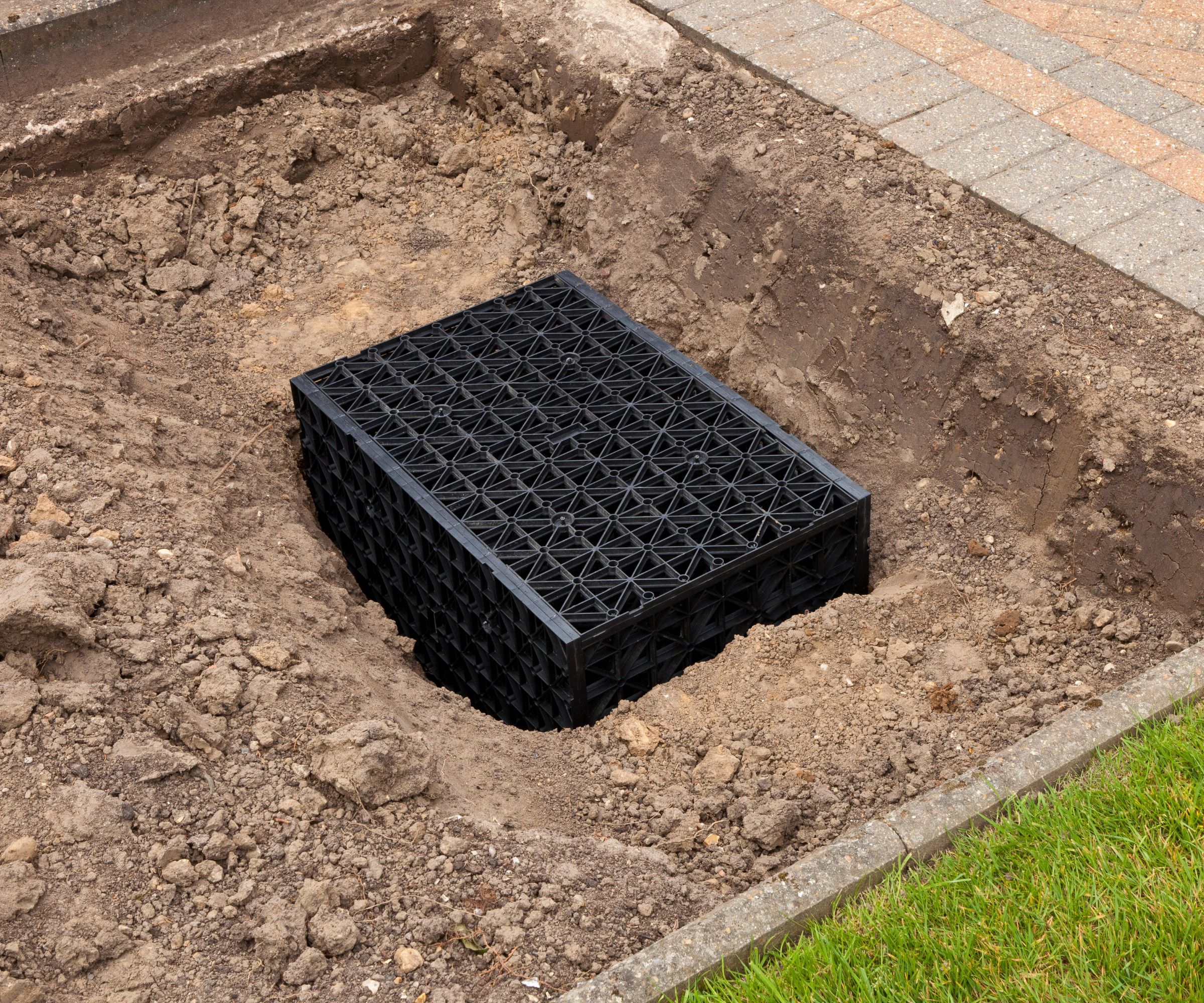
A soakaway is also known as a dry well, and is a way of slowly dispersing water into the soil. This slow release prevents standing water on your lawn.
Lawn expert Jeremy Yamaguchi explains 'A soakaway is the same thing as a dry well. It’s a large basin or holding tank buried underground, often at the end of a French drain or creek bed. Water from the drain or creek is collected in the dry well and slowly disperses into the surrounding soil through its slightly porous sides.'
Another lawn expert, Ryan Farley, agrees. 'A soakaway is another method for improving drainage in your yard, aside from other options like a French drain that will divert water elsewhere,' says Ryan. 'A soakaway instead allows water to gather in a spot in your yard and then soak into the soil without waterlogging it or creating standing water.'

Jeremy is a gardening expert who advises on a range of gardening matters. As the CEO of Lawn Love, Jeremy helps homeowners find quality, reliable lawn care.
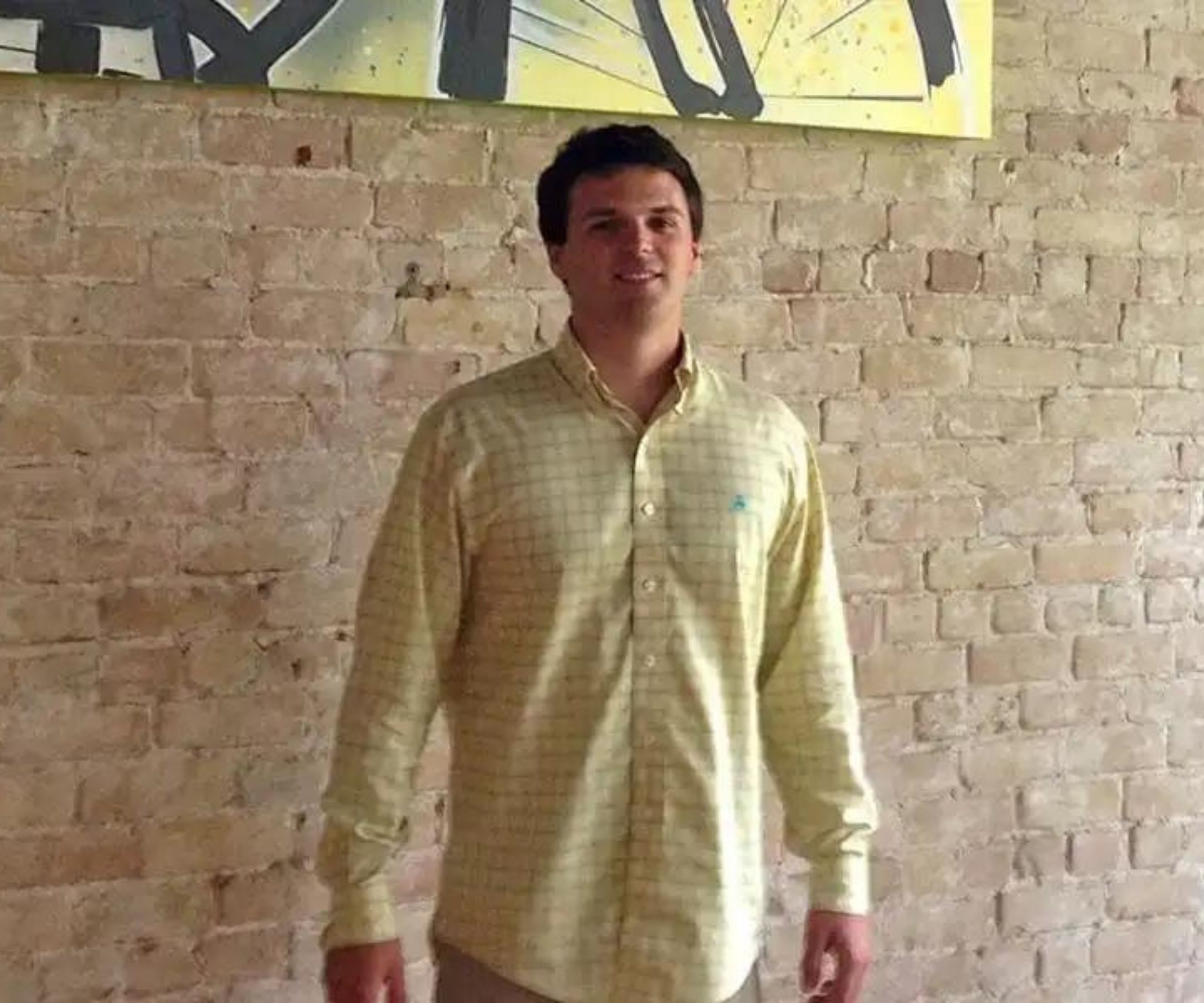
Ryan Farley is the CEO of LawnStarter, a lawn care service founded in 2013 and based in Austin, Texas.
Are there benefits to a soakaway?
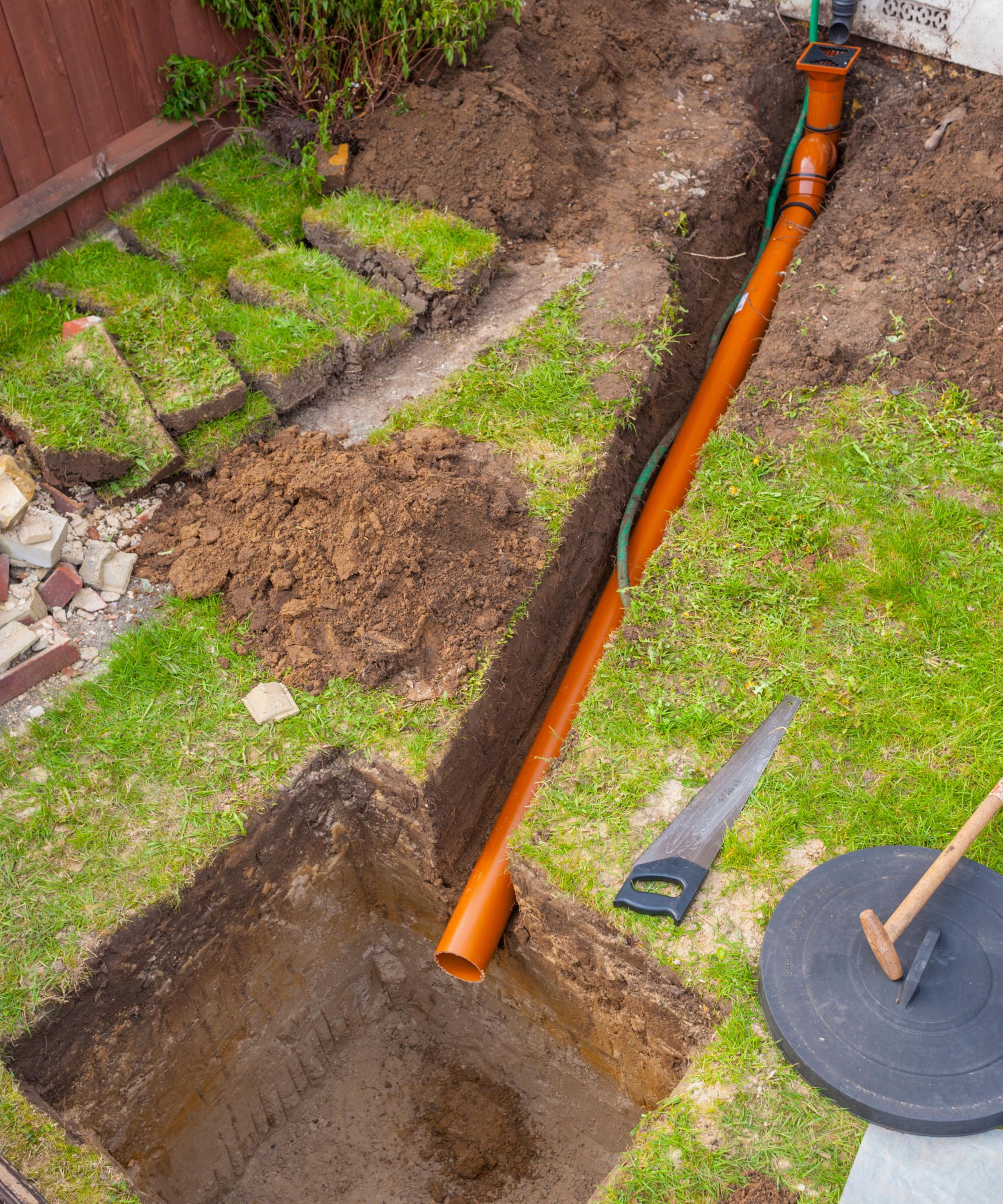
Dry wells have several benefits. The most common way to use a soakaway is to drain water away from your home. If you live somewhere stormy, the catch basins at the bottom of your downspouts might not be able to cope with the volume of water. over time, this water can erode flagstones and even cause foundational issues.
Jeremy Yamaguchi explains 'It is common for homeowners to install dry wells near gutter downspouts so that significant roof runoff does not create pools or erosion.'
Soakaways can also help with drainage on a lawn. Jeremy explains that 'Soakaways can be a great way to manage water, resolve drainage problems, and keep groundwater healthy.' If you have standing water on a lawn, a soakaway can help to absorb all the water and slowly reintroduce it deep in the soil, reducing pooling on the surface of your lawn.
Are there drawbacks to a soak away?
Soakaways aren't an instant fix, and they won't help the very worst cases of waterlogging. Though they reduce waterlogging, they still keep water in one place, so the slow release of water into the same place means that they aren't always a good option for the boggiest lawns.
Ryan Farley says 'I would not recommend a soakaway for lawns that already suffer from very poor drainage, or in areas that are receiving a high amount of rainfall. For these situations, it does tend to be better to go with a more traditional drain to divert water off your landscaping.'
On top of that, a soakaway is pretty expensive. As an example, a dry well kit like this at at Home Depot costs almost $500. That doesn't include labor if you pay for a contractor to excavate the hole for the soakaway or lay the pipes.
If you have standing water, the best solution is to use a French drain, but a soakaway can still be a good option. You can use the French drain to move all the water off the surface of the lawn before it waterlogs and direct it to a soakaway in a disused part of the yard, where it will slowly dissipate into the soil.
Are there other drainage solutions?
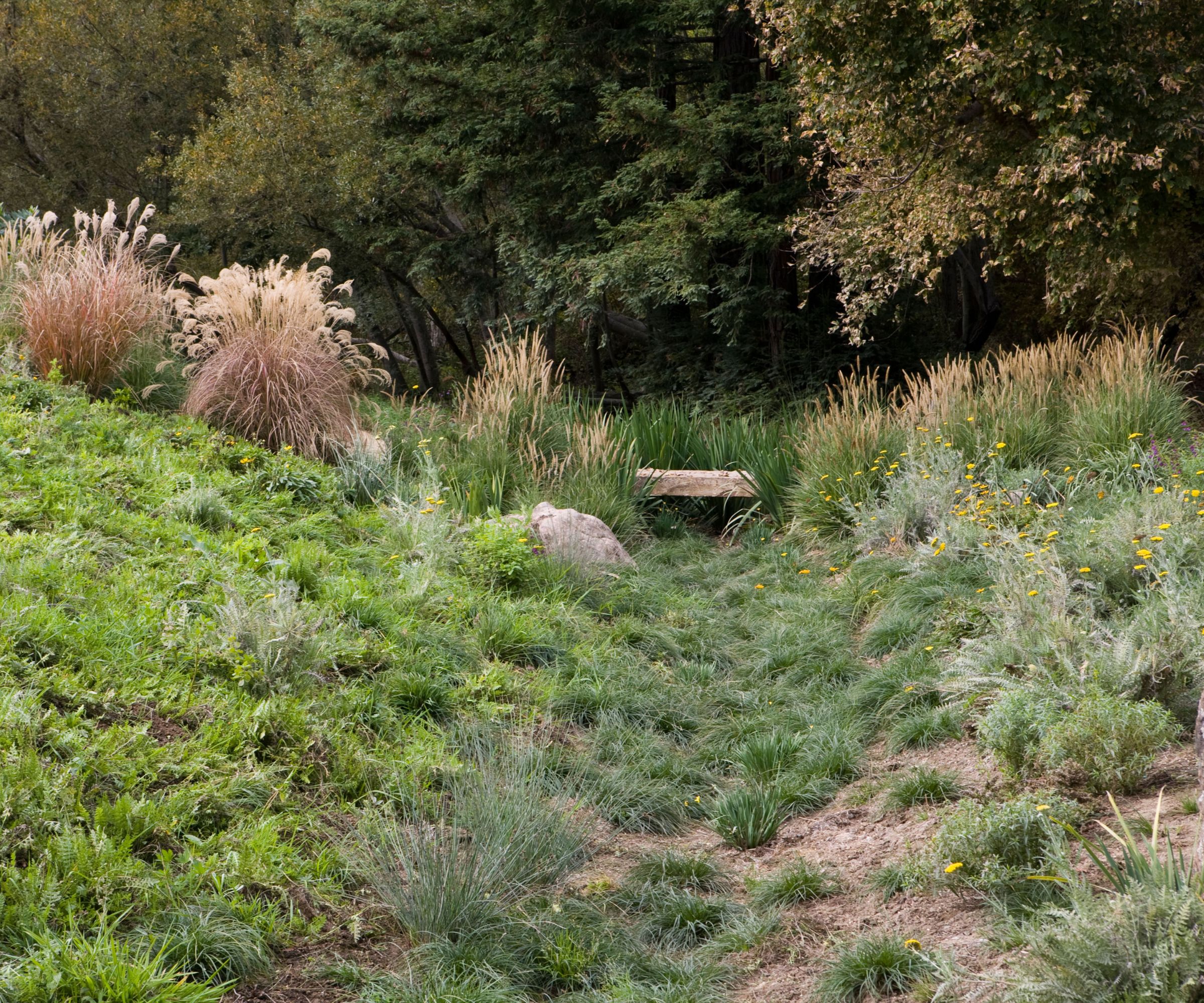
There are lots of other drainage solutions out there. French drains are incredibly popular and work in a similar way to soakaways. It's worth properly weighing up the benefits of French drains vs dry wells before you make any investments.
On top of that, French drains aren't the only solution. There are a host of French drain alternatives like swales and dry creeks that can be a more naturalistic way of handling waterlogging.
Trees can be a good drainage solution too. It won't work in every scenario, but planting willow or other moisture-absorbing trees can soak up groundwater without the need for invasive pipe-laying. However, these trees can be so thirsty that they crowd out your other planting, and often have strong, wide-ranging roots that can cause property damage.
Sign up to the Homes & Gardens newsletter
Design expertise in your inbox – from inspiring decorating ideas and beautiful celebrity homes to practical gardening advice and shopping round-ups.

As a gardens and lifestyle contributor, Alex makes sure readers find the right information to help them make the best purchase. Alex got his start in reviewing at the iconic Good Housekeeping Institute, testing a wide range of household products and appliances. He then moved to BBC Gardeners’ World Magazine, assessing gardening tools, machinery, and wildlife products.
You must confirm your public display name before commenting
Please logout and then login again, you will then be prompted to enter your display name.
-
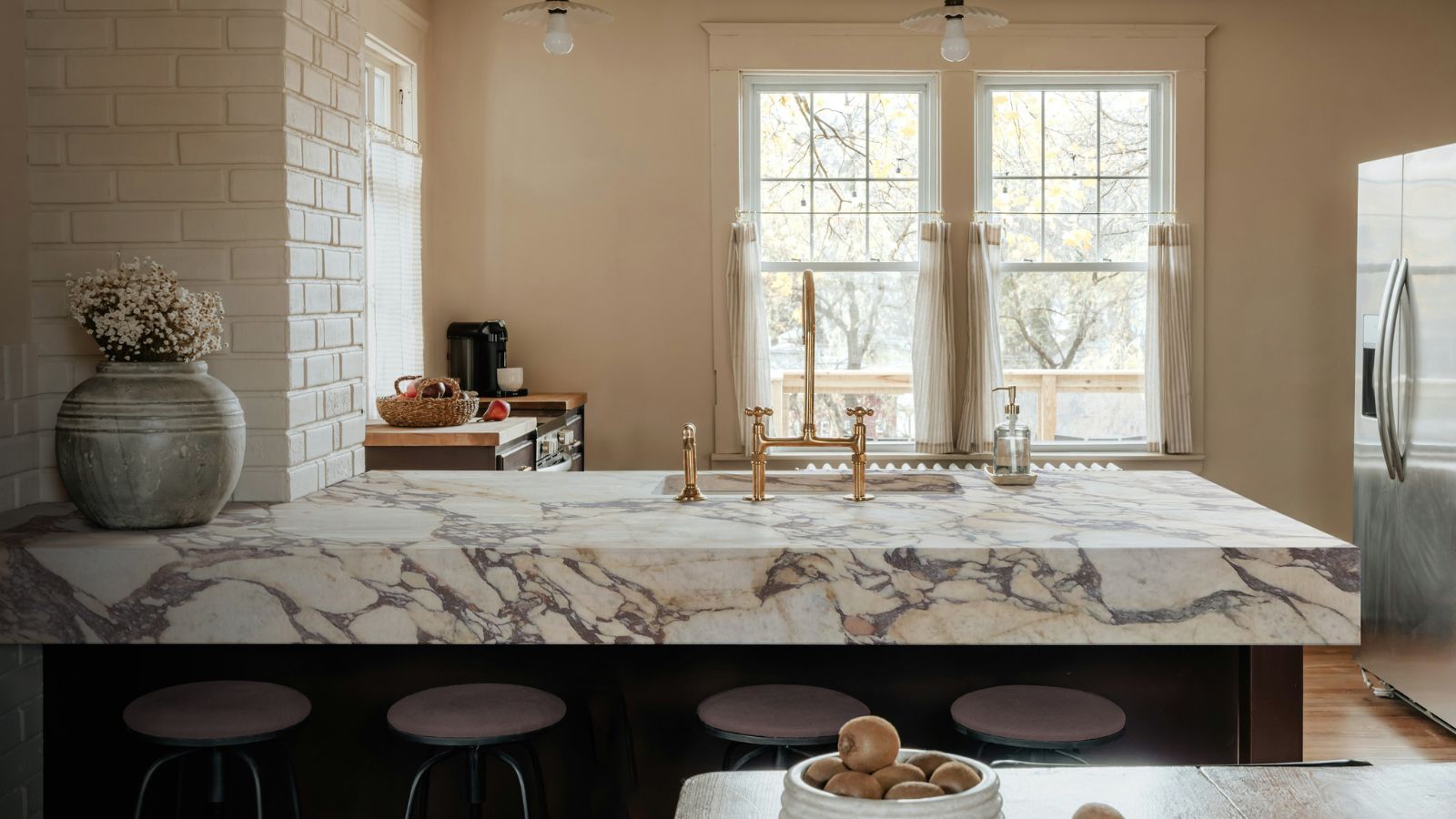 Marble kitchen countertops are a luxurious choice, but are they practical? I asked designers and kitchen experts whether they are form over function
Marble kitchen countertops are a luxurious choice, but are they practical? I asked designers and kitchen experts whether they are form over functionThe pros and cons, care tips, and styling advice designers say you need to know
-
 5 warning signs it’s time to replace your air conditioner for stress-free and safe summer cooling
5 warning signs it’s time to replace your air conditioner for stress-free and safe summer coolingDon't waste money on energy bills or risk danger, HVAC experts warn